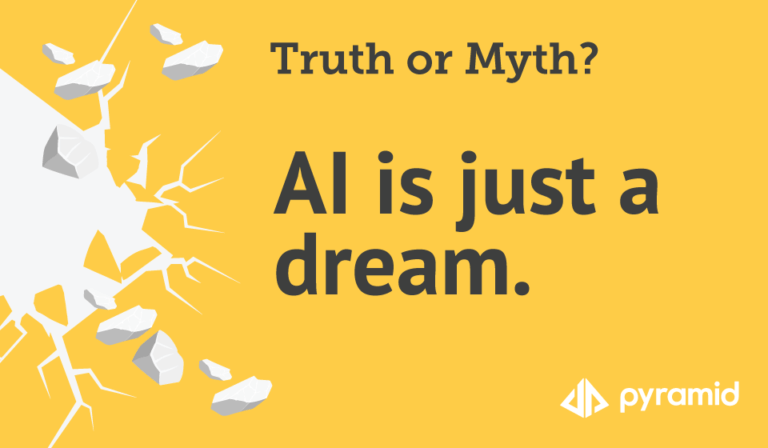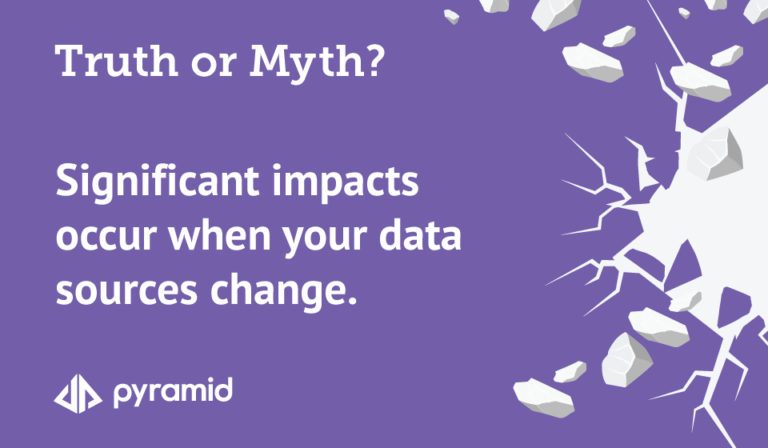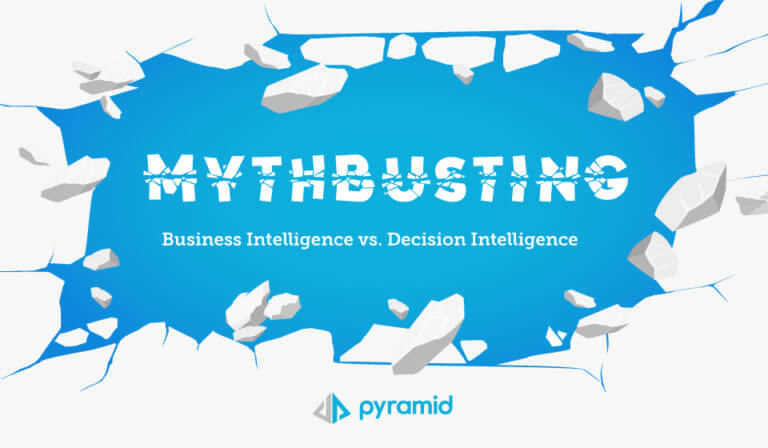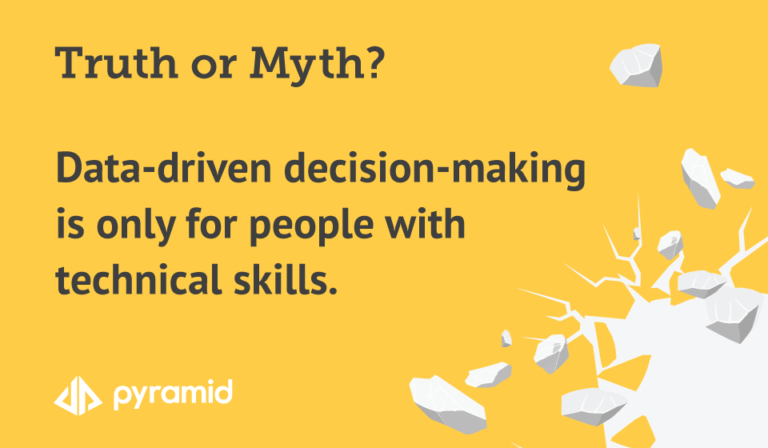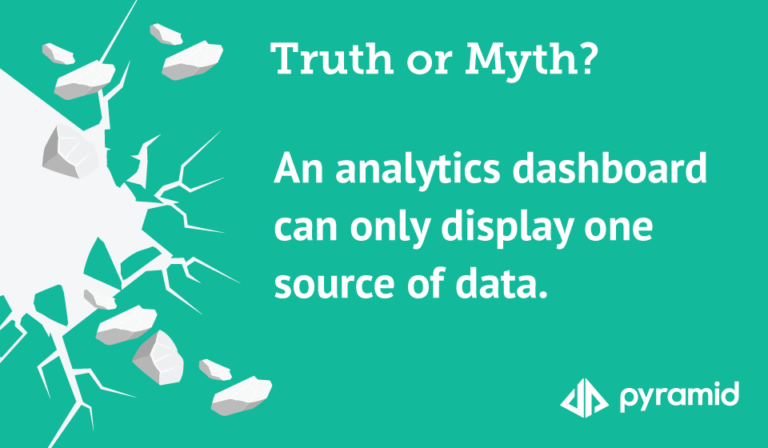Capitalizing on data and analytics can set an organization apart from competitors. That’s why organizations have embraced business analytics tools at such a high rate. As McKinsey explains, “Across industries, we see organizations investing heavily to integrate analytics throughout their entire business in an effort to capture a portion of the $9.5 trillion to $15.4 trillion of value that the McKinsey Global Institute estimates advanced analytics can enable across industries globally.”
What are business analytics tools?
Business analytics and business intelligence (BI) tools refer to software that allows people to collect, integrate, measure, analyze, and present raw data. These tools—ranging from simple spreadsheets to advanced predictive modeling—are used to generate insightful, valuable, and actionable business information for decision-makers.
Whether centrally administered or decentralized, BI and analytics tools are considered effective for the following purposes:
- Gathering data from internal and external sources.
- Preparing data for analysis.
- Designing and running inquiries against the data.
- Producing reports, dashboards, and data visualizations.
It might seem simple to provide people with a BI tool to readily experience these benefits. Yet there are so many vendors to choose from it’s difficult to discern true differentiation. All analytical tools provide the same value to the casual observer—they’re nothing more than a commodity. Pick the most well-known or hyped vendor, connect your data, and you’re off to the races.
Yet, research shows that an astounding 67% of managers and executives are not comfortable accessing or using data from their analytics tools. Add to this, on average, companies draw from 400 different data sources to feed their BI and analytics, and 86% of organizations employ two or more analytics tools.
There’s something wrong with this picture.
Why do people believe all BI tools are the same?
With so many analytics and BI vendors on the market, it’s hard to discern the true differentiation from one tool to another. People figure the vendor they trust for another important aspect of their business must also be the best analytics vendor.
The truth is… Tools are the same; a decision intelligence platform delivers insights for everyone.
There are clear differences when you compare tools versus platforms. BI and analytics tools solve departmental needs and are designed primarily for users with technical skills. A platform enables broad but governed data access, promotes analytics adoption with tailored capabilities designed for different people, and provides ready access to the data needed to make decisions. A decision intelligence platform takes it even further: adding data science capabilities and integrating AI guidance and automation to quickly show different analytical perspectives.
A decision intelligence platform is anything but a commodity: it’s purpose-built to help an organization grow revenue, reduce costs, and boost productivity.
Our new guide, Mythbusting Business Intelligence vs. Decision Intelligence, takes on 12 myths about BI tools, showing how a decision intelligence platform can enable a thriving data-driven culture. You’ll discover why BI tools fail to deliver value in today’s world and see what’s next in analytics. Get instant access to the Mythbusting guide here (no registration required).








